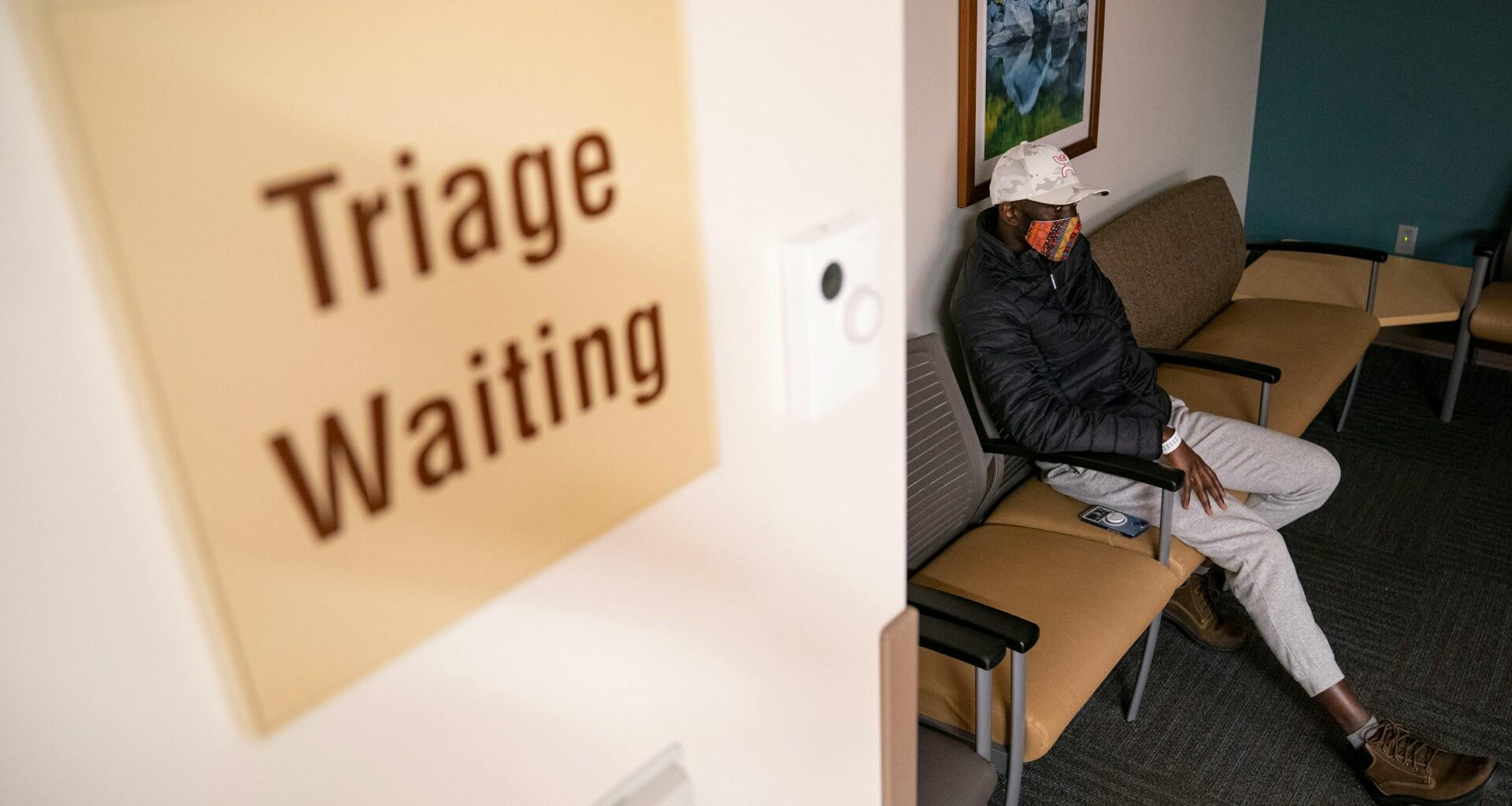“When there is an emergency, you have to go to the ER,” said Marnie Werner, a researcher for the Center for Rural Policy and Development. “There’s an emergency because [patients] weren’t getting help before that. They couldn’t get in, or they didn’t know, or the family didn’t know what to do.”
The ER is where the system bottlenecks.
To save lives, we must break the silence and stigma facing mental illness long before a crisis hits. It’s hard to find peace lying in a hospital bed as people chatter in the hallway. The longer the wait, the greater the danger.
Rebekkah Anderson of Hibbing spent a lot of time in the ER. As a former foster mom, she’s cared for kids with severe mental illness. She described how the system breaks down.
“If you go into the ER because your child has suicidal ideation, or homicidal ideation, they do that first triage,” she explained. “But you’re not having a heart attack, so you’ll be there three hours waiting.”
She said that in-patient treatment likely won’t be available on the first visit. So you’re sent home to wait for the next crisis. This process traumatizes not only the patient but also their families as outbursts persist. Fetal alcohol syndrome disorders, more common among foster kids, come with widespread mental illness comorbidities.
